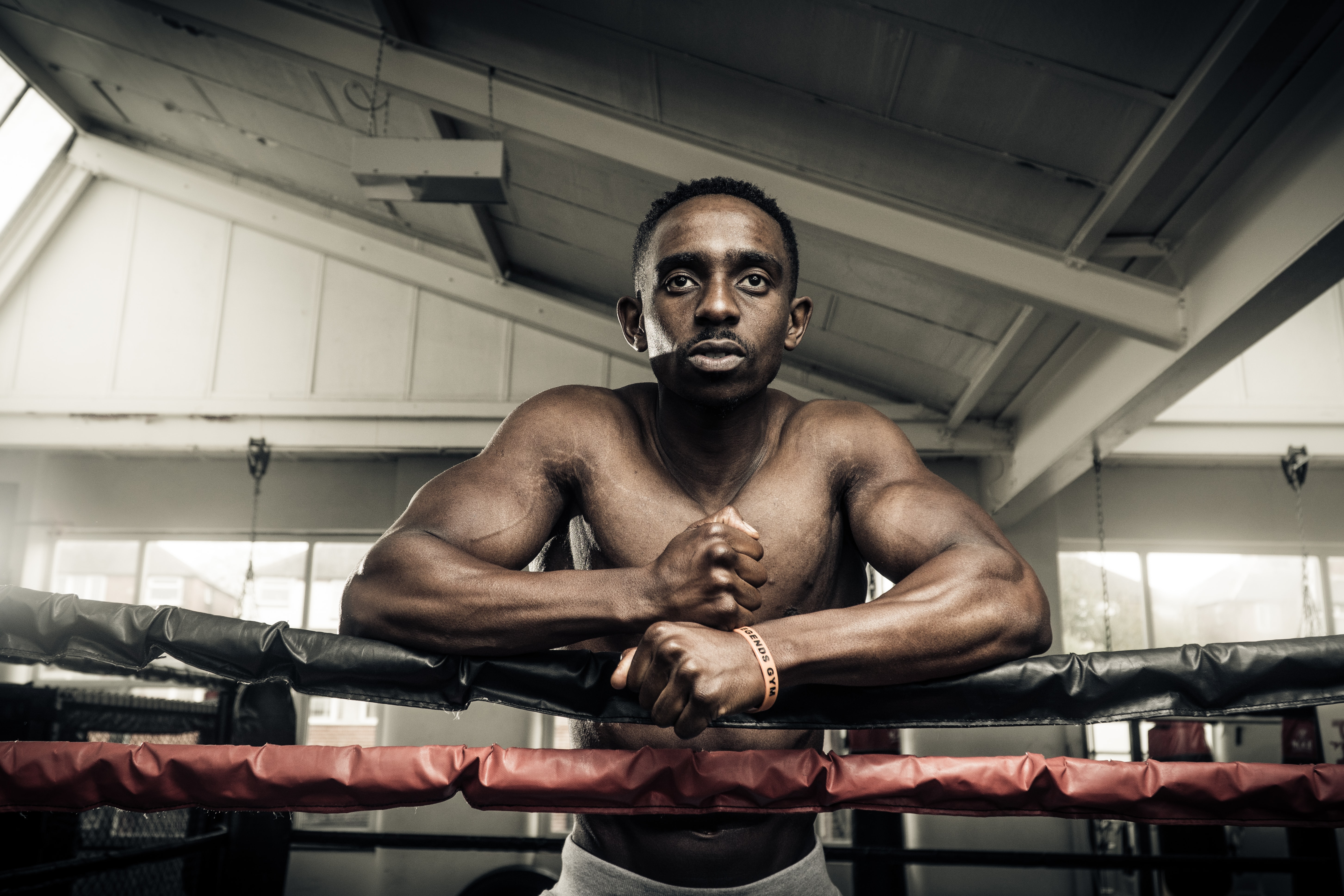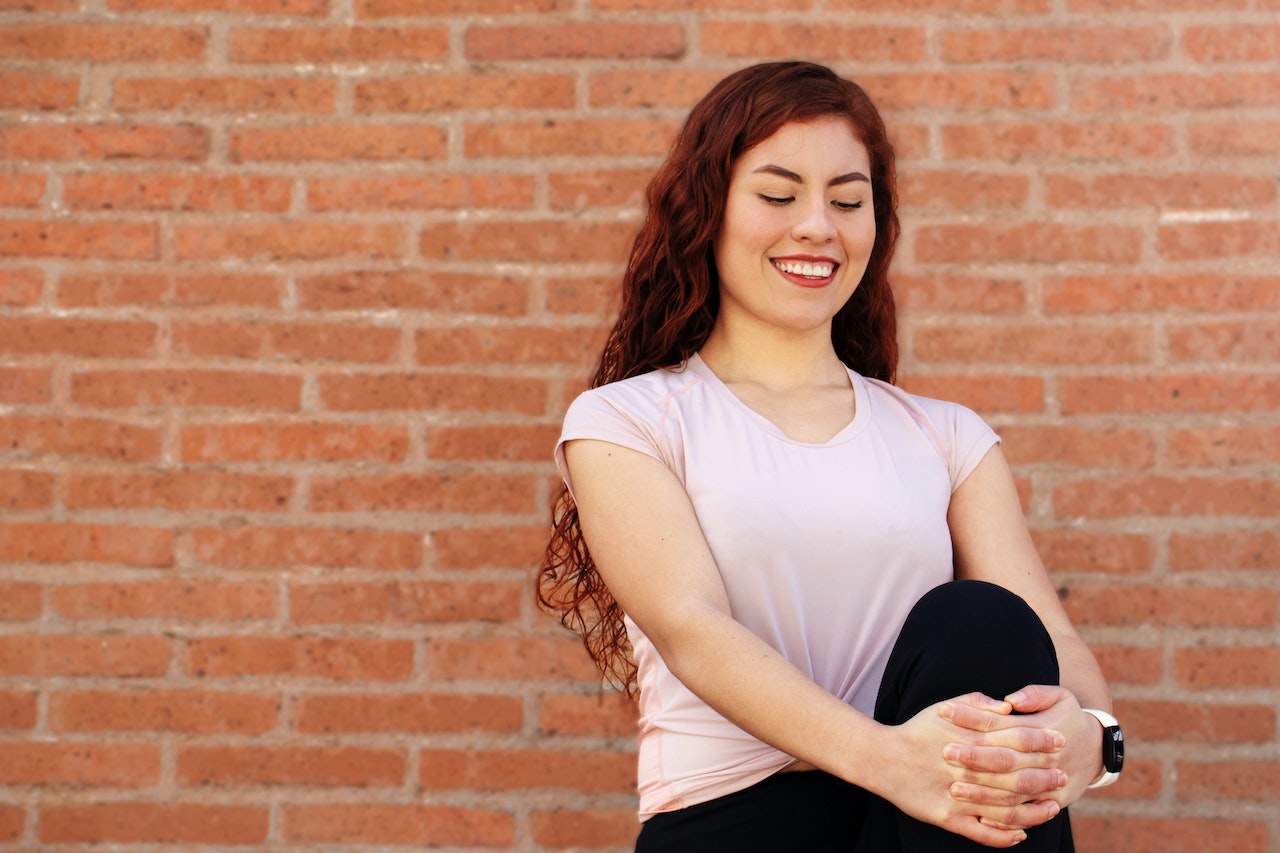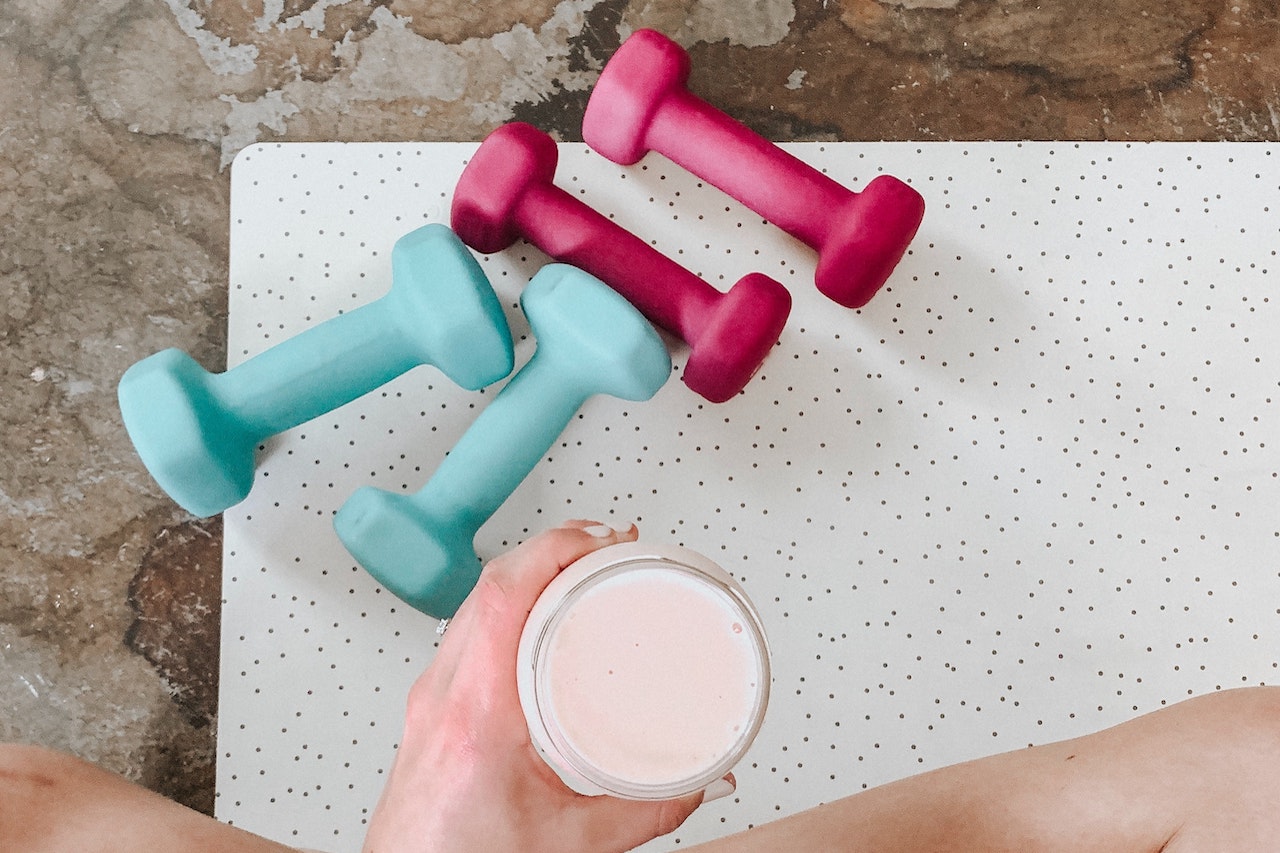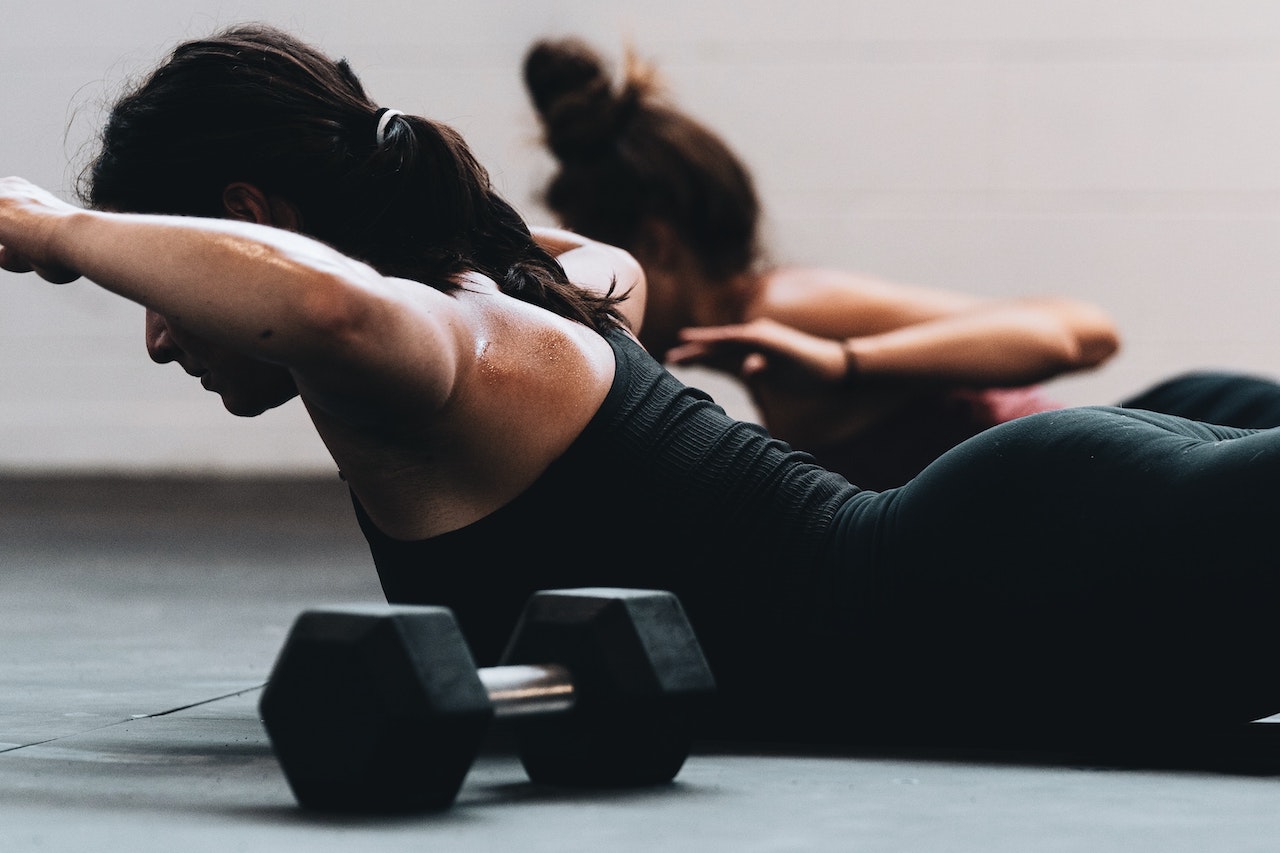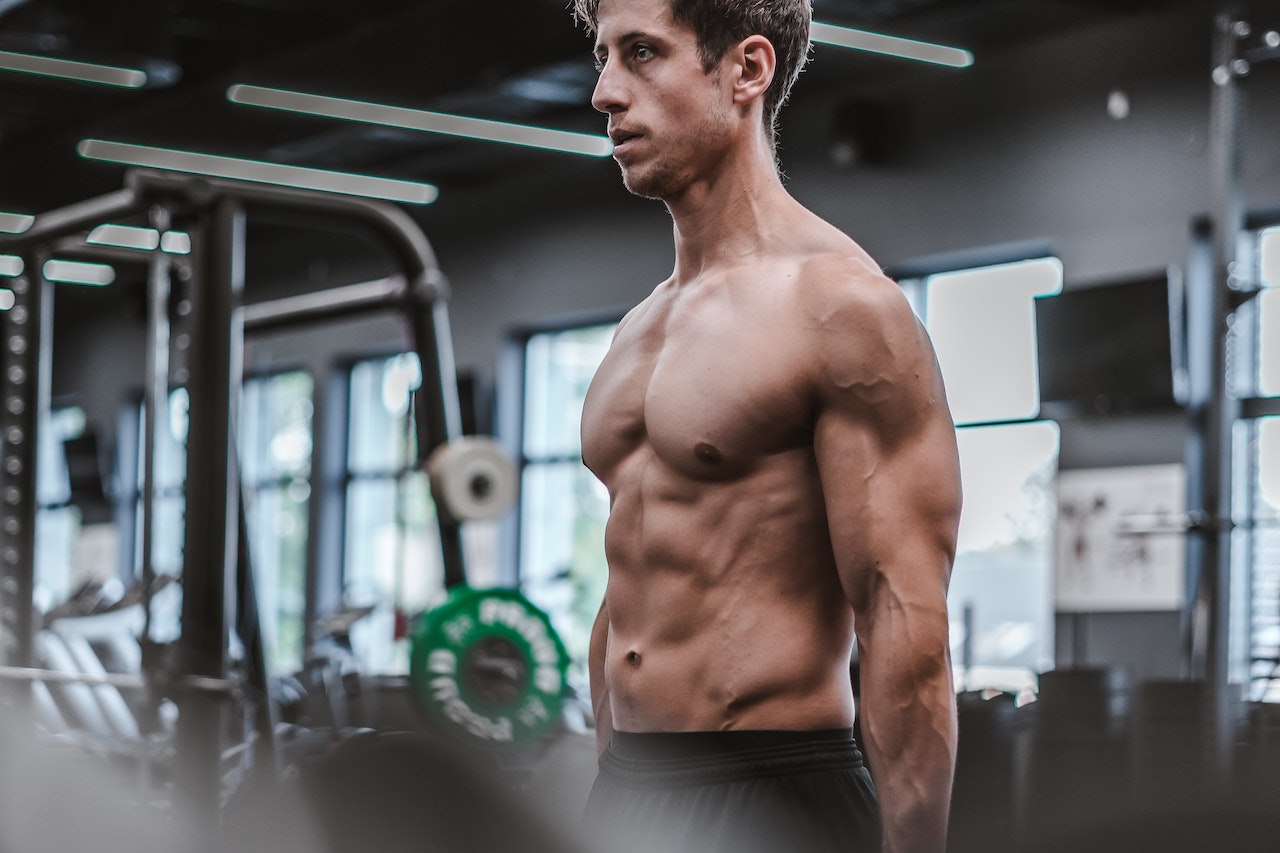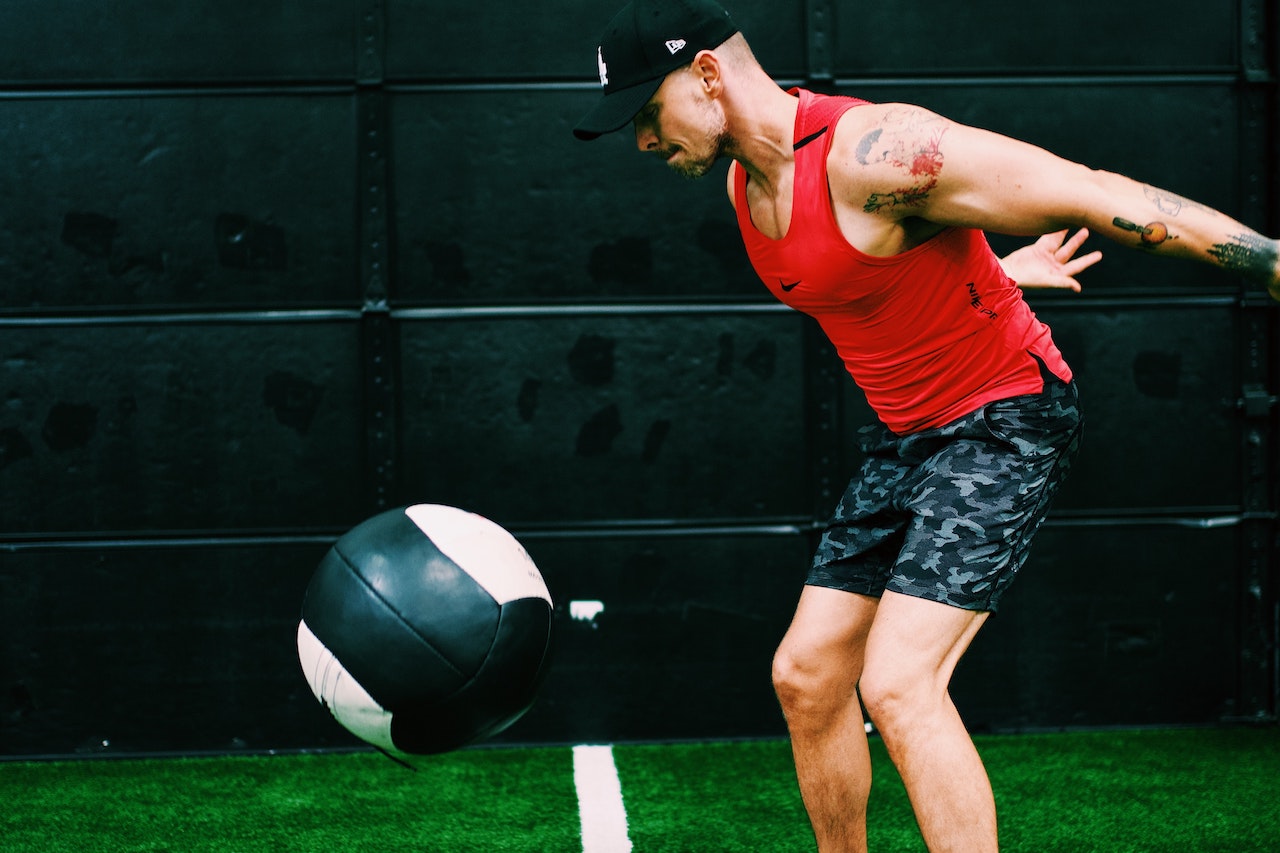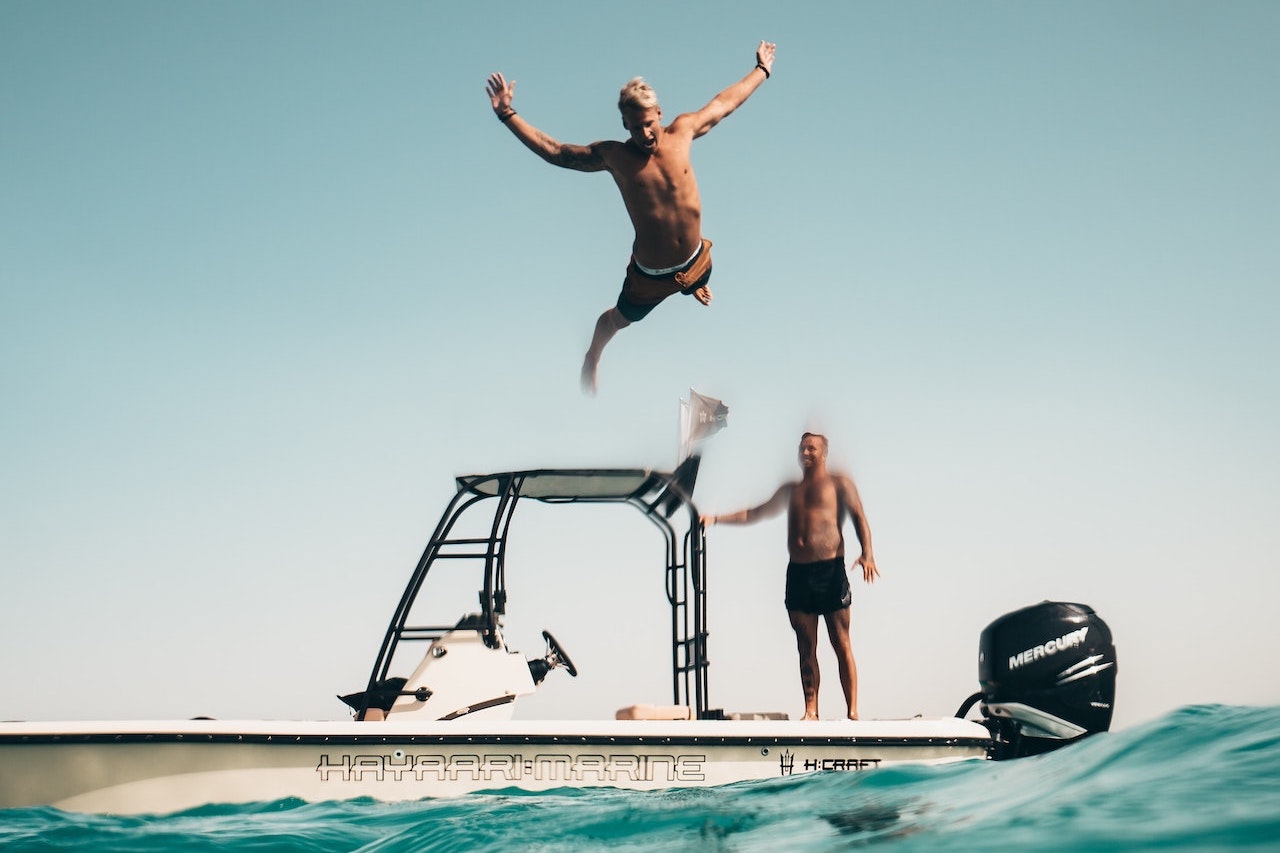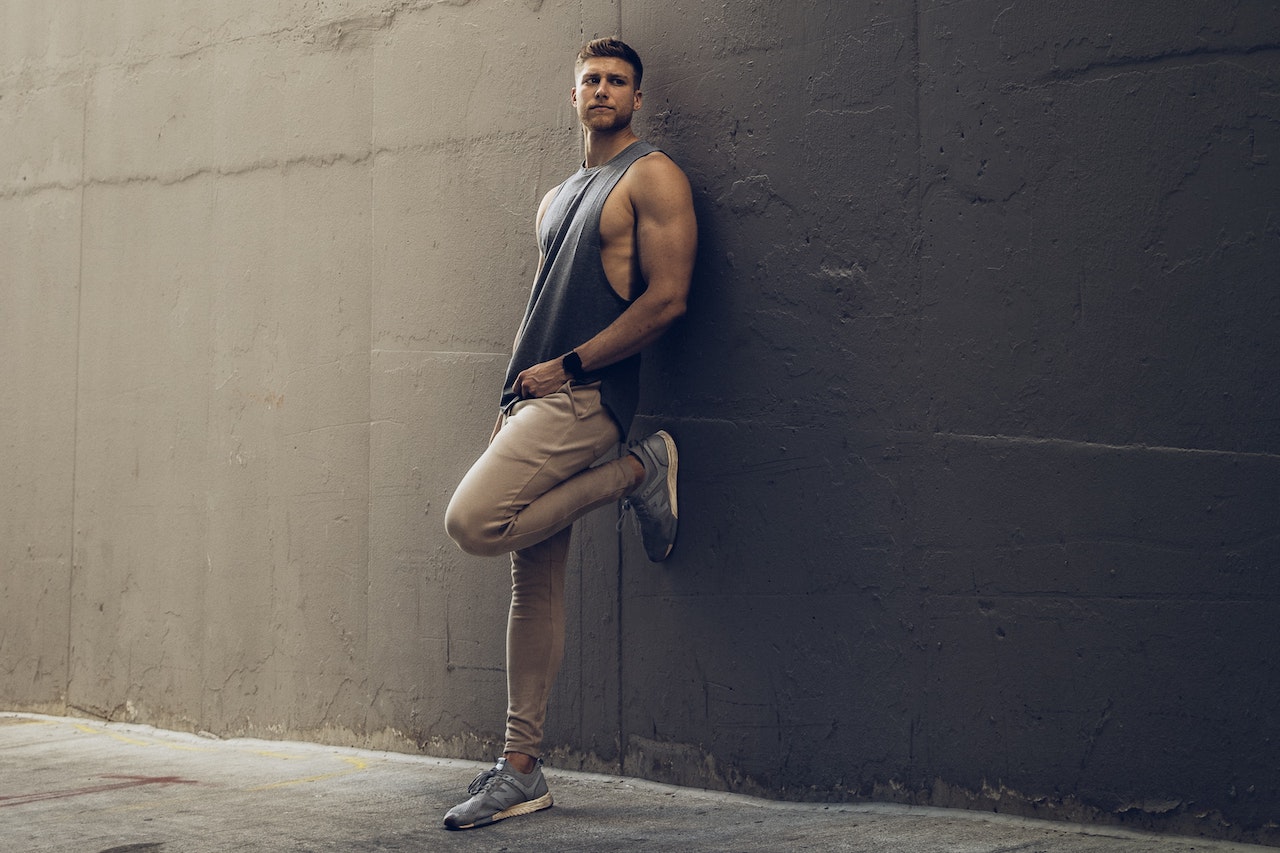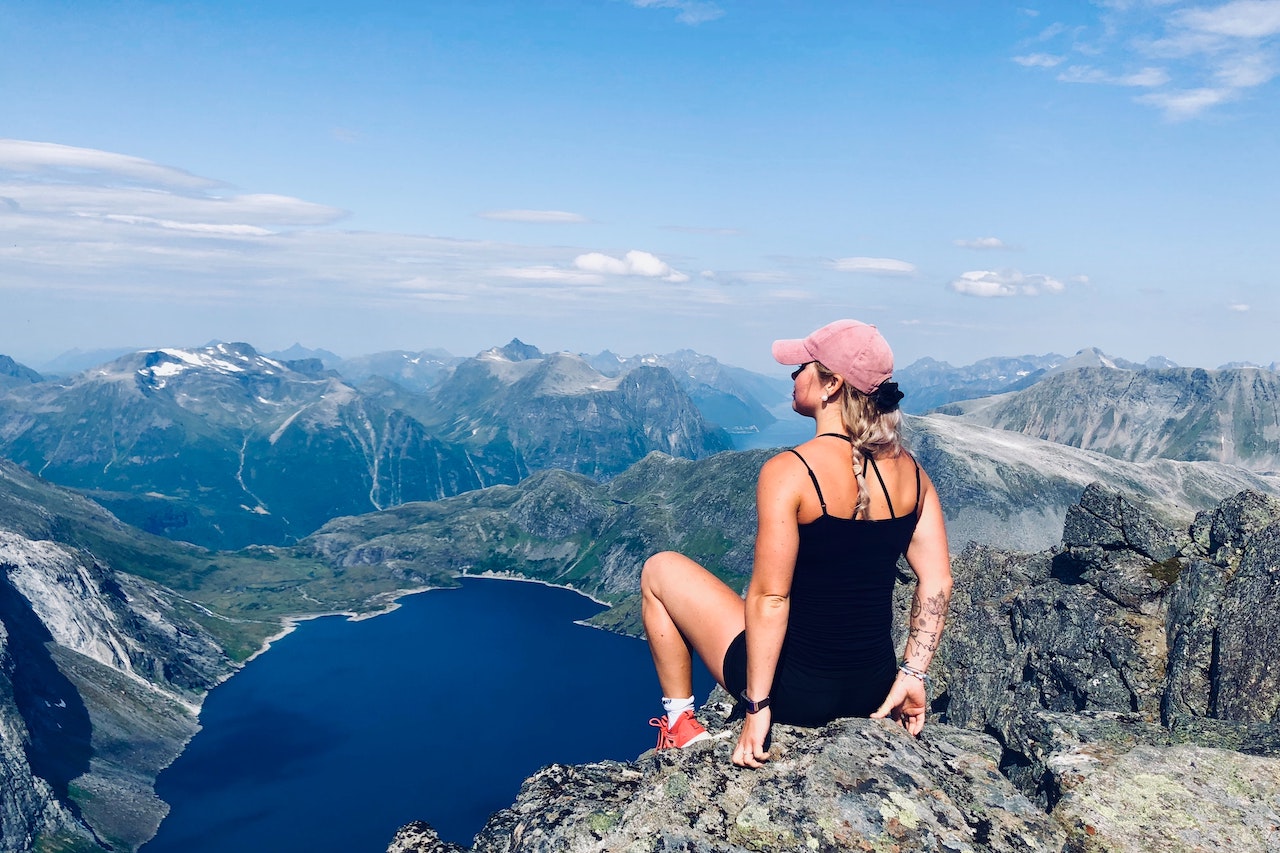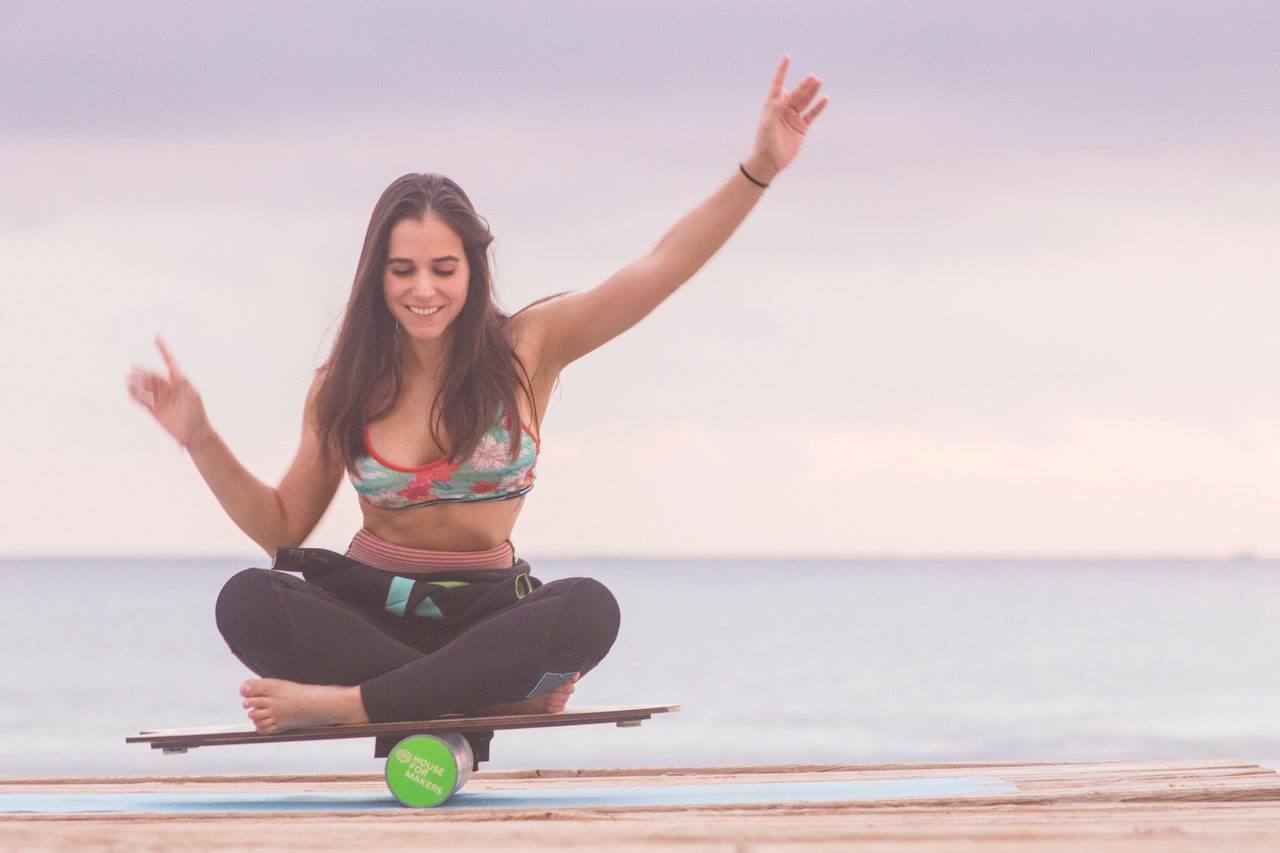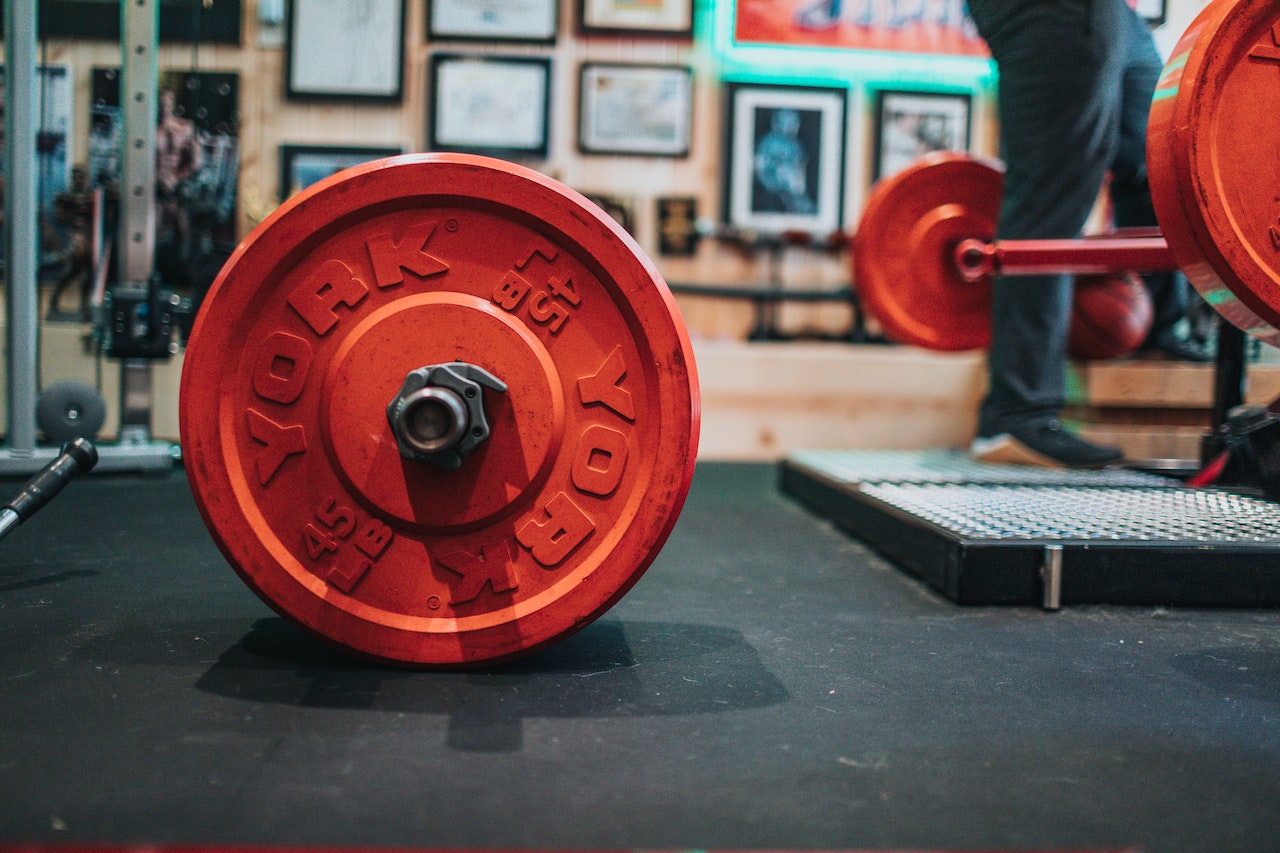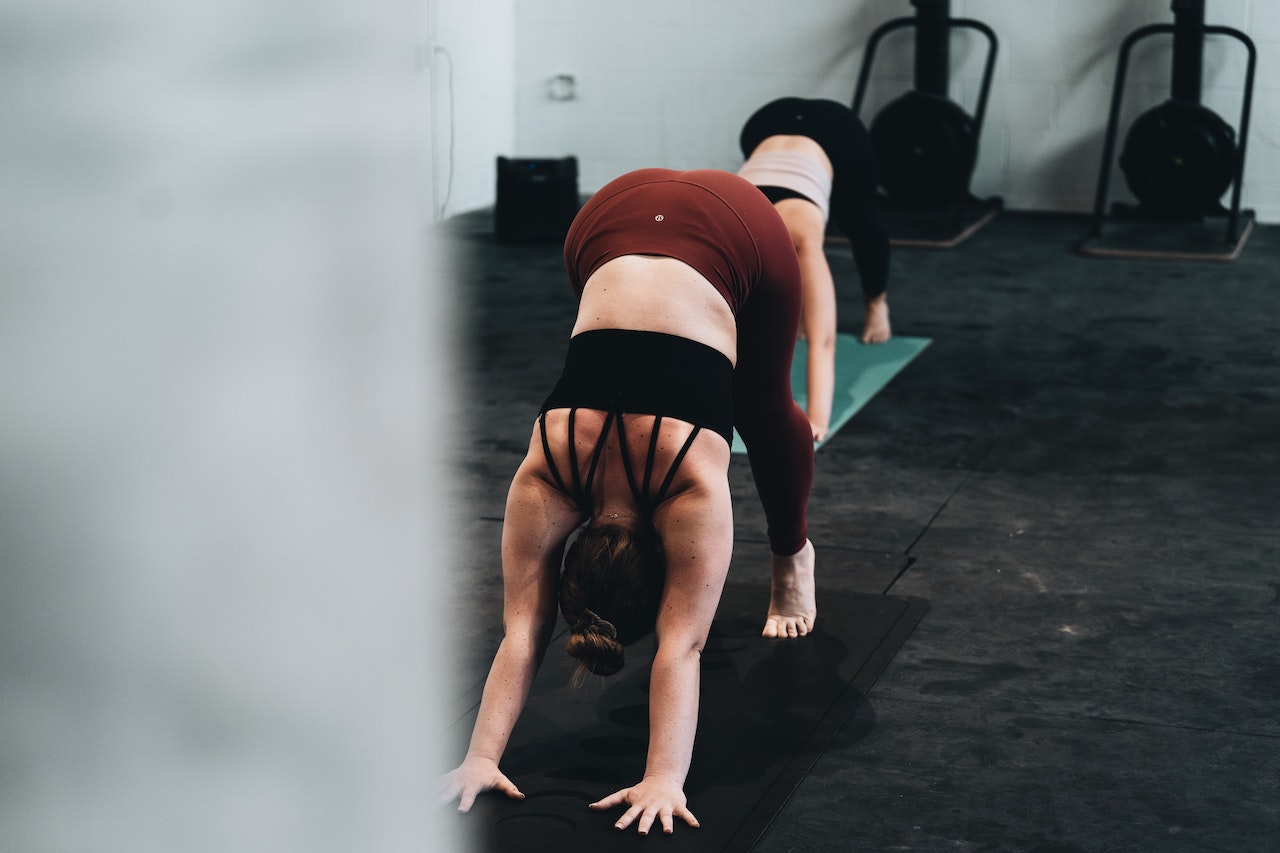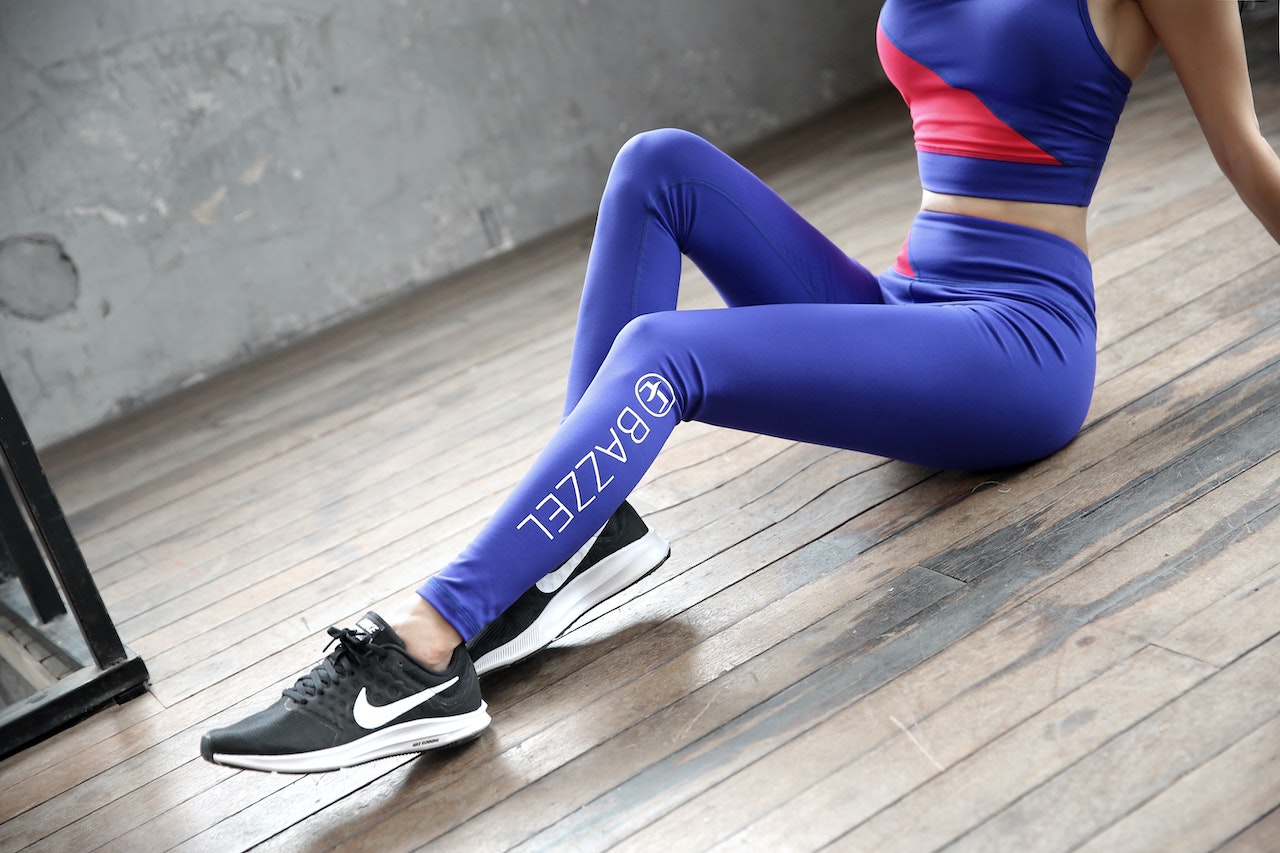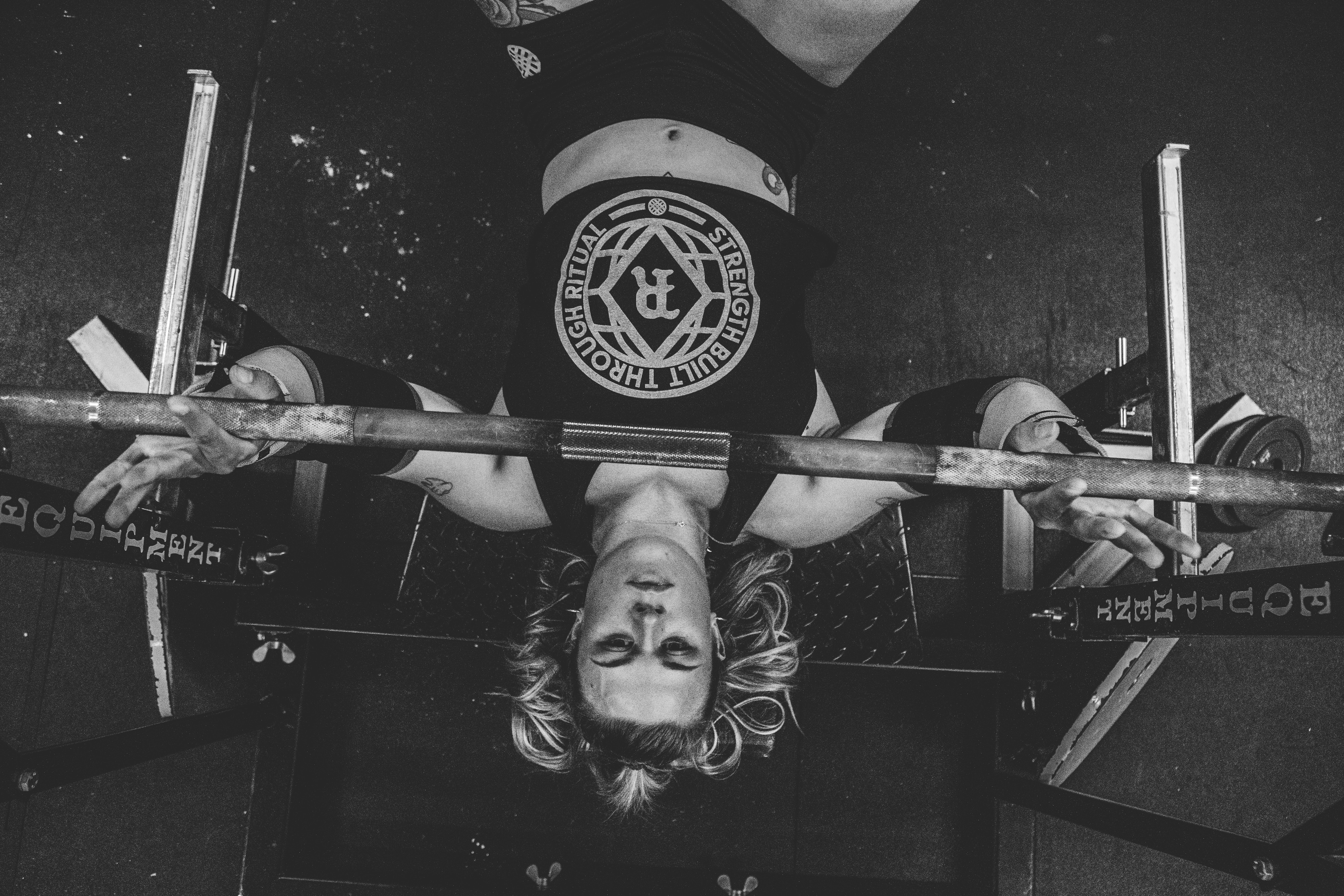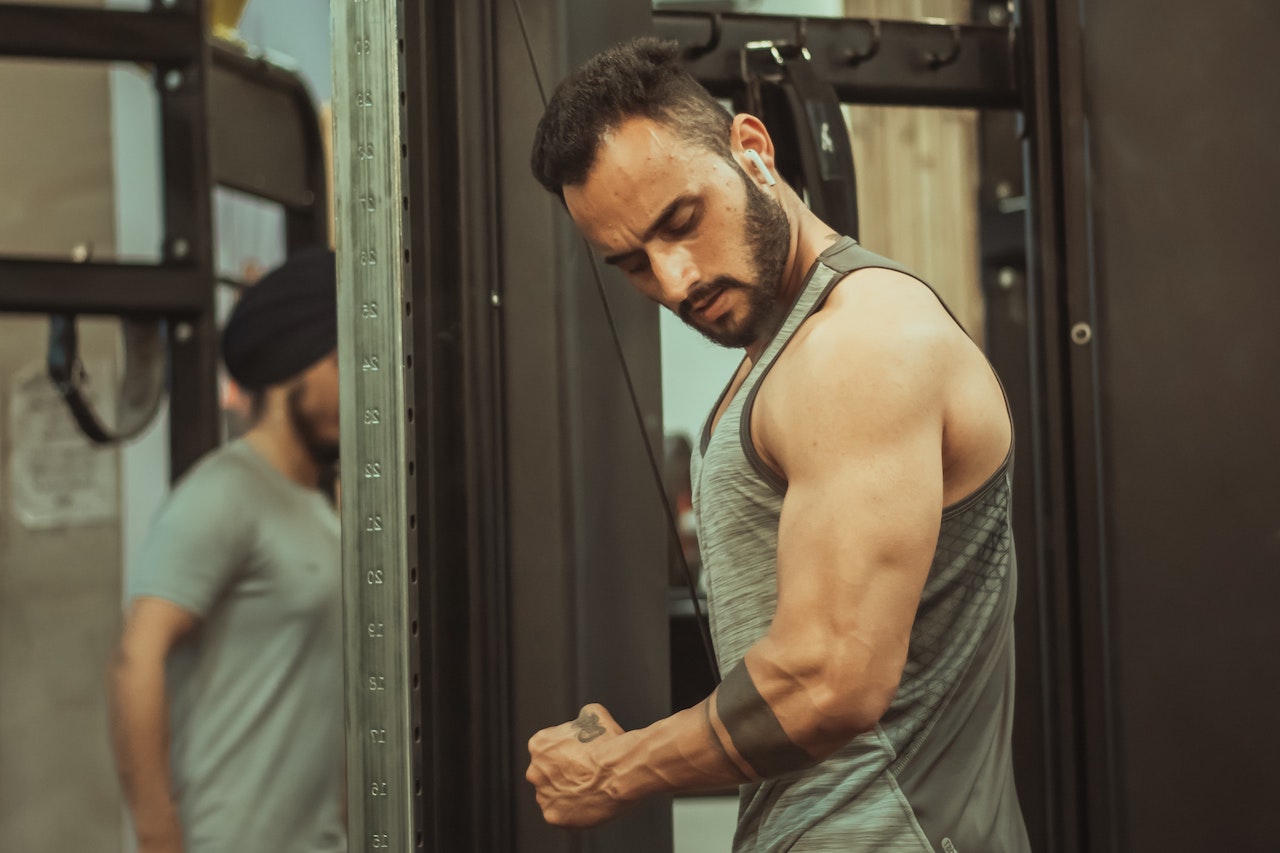"Degeneration of rest and digestion" Means: The ability of blood to return from the extremities to the digestive and reproductive organs. Over time, your heart rhythm and breathing will slow down and your immune system will be affected.
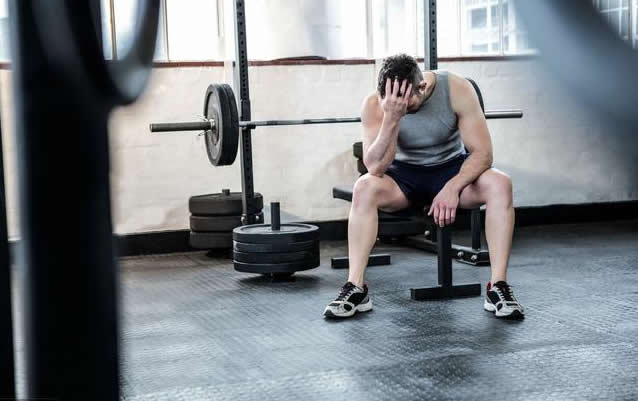
One of the yoga modalities that can activate this resting and digestive response (also known as the parasympathetic nervous system) is restorative yoga.

This type of yoga is characterized by the body being completely supported by external props (such as bricks, mats, blankets, chairs and sandbags). Due to its gentle nature, it can be used for any kind of alignment of the body. Because the body is supported, it is able to hold a longer relaxation position in order to achieve true deep relaxation.
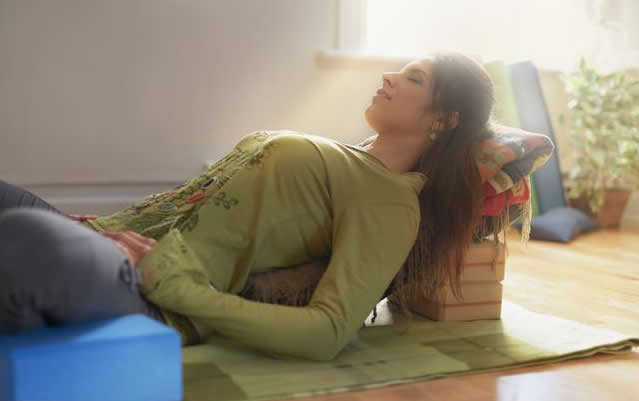
"Relaxation" Is as important to the body as eating every day. It is also very difficult to achieve complete relaxation in one part. I will write an article about the importance of "Relaxation" Later.
When we are in this passive pose rather than an active pose, we can also more easily allow the body to fall into a soft and supple effect.
But while restorative yoga is a powerful antidote to stress and muscle tension, many of us don't have access to a range of professional aids!
Today we'll take you through restorative yoga at home with the help of a few towels and a wall and a bed.
7 poses of restorative exercises that can be done without props
1. Supine bound angle pose
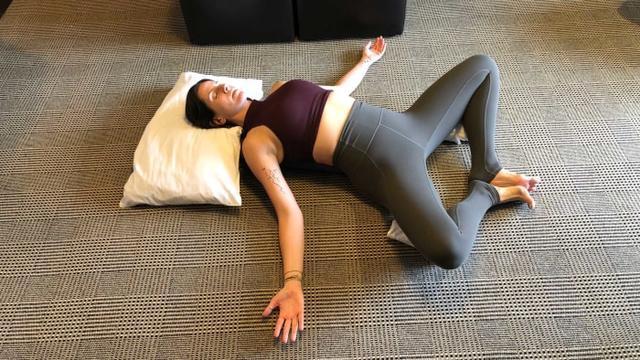
Try "Rolling" The blanket at home into a square instead of a cylinder. If the blanket is thin, put a towel on it and then roll the mat up with the towel to increase the thickness. Start sitting directly in front of the blanket, placing it on the outside of your thighs in order to support your knees and hips. Slowly lie down and place a rolled up towel or light pillow under your head.
Bend your knees so that your feet come together and allow your legs to gently spread. If the inner thighs are loosened too tightly, place two blankets prepared in advance on the outer thighs. Open your arms. Go and scan every part of the body for complete solidity on the ground.
In restorative exercises, we are not looking for great help, but for passive openness, which is essential for people who are tense to be able to settle down. Stay here for at least 7 minutes.
2. Supported bridge position

The supported bridge pose performs gentle bending. Opening the chest means more lung space and deeper breathing. Under stress, the breathing rate may be fast and short; when we relax, the breathing is the opposite - it becomes slower and slower.
If you straighten your legs comfortably, your hip flexors will also open mildly. However, if you have tension in your lower back, keep your knees bent. First, fold two blankets into a square and place them under your lumbar spine and under your shoulder blades in order to keep your lumbar spine from dangling and find a firm feeling on the floor, but if your lower back is still tense, keep your knees bent. Reach your heels into the floor and straighten your legs, keeping the sides of your arms relaxed. Stay here for at least 7 minutes.
3. Gentle backbends
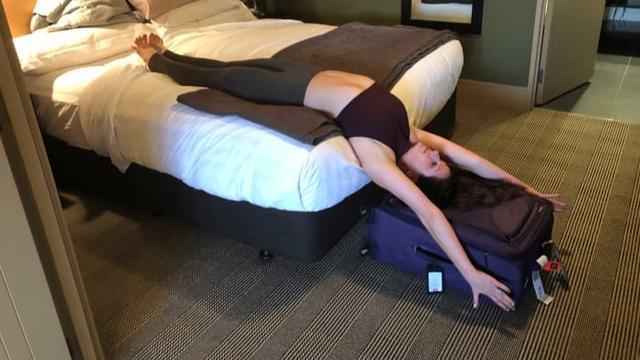
In iyengar yoga, there is a prop called the "Whale" (aka viparita dandasana bench). This wooden structure helps you practice supported backbends and looks like its name from the side: It has a spherical, larger upper part (on which the upper spine can extend) and a downward sloping incline (for the legs).
Then we do not have this prop, you can use a hotel bed or a soft bed at home to replicate this shape.
Start lying on the bed and place your body completely on the bed. Inhale your arms and extend them to the sky, then exhale so that your upper back hangs over the edge and your arms reach overhead. If you feel too much pressure on your neck, use a chair or a couple of pillows to support your neck. Stay here for at least 7 minutes.
4. Bend forward in a seated position

This rest in forward bend releases not only the back side of the body, but also the mind.
Remember, one of the keys to restorative yoga is that you are not actively working or practicing, but rather that "You are extra lazy" At the moment. So this should not be confusing.
Sit on a mat on the floor and sit on a chair or table in front of you. Place your forehead on the edge of the chair. Try to get support above the center of your eyebrows. Yogis know this as the "Third eye". This is the part of the brain where we do our higher processing and decision making. If you are sensitive, you can support your forehead with a towel. Your arms can hang at your sides, or you can hold the legs of a chair. Let your spine bend and stay here for at least 7 minutes.
5. Standing twist
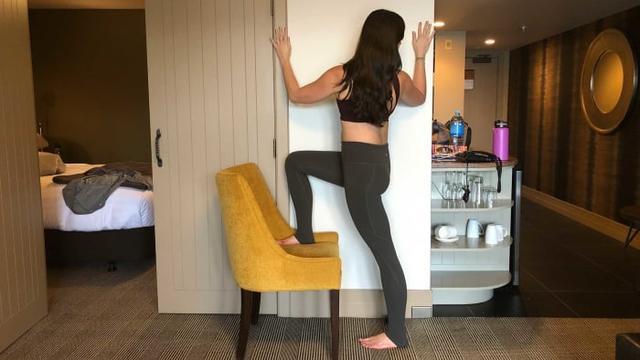
Place a desk chair or low table next to a wall. Stand with the right side of your body near the wall, facing the chair. Place your right foot on the chair. Inhale through your left arm, then exhale and twist your torso toward the wall, bending your elbows into a cactus shape. As you inhale, lengthen your spine; as you exhale, pull and twist with the wall. Both sides should perform 20 complete breaths.
6. Leaning big toe pose
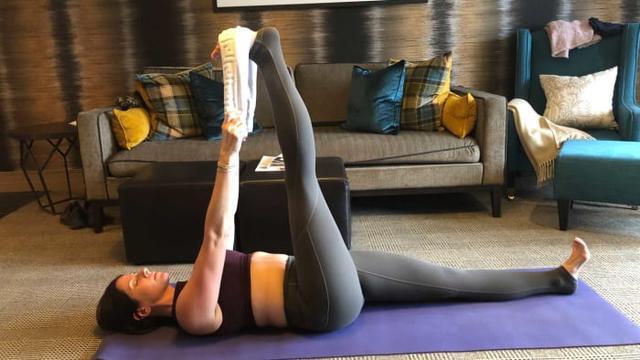
We continue to release the hamstrings; this pose allows blood to flow from the legs back to the heart. Lie on your mat and pull your right knee toward your chest. Place a towel (or strap) on the arch indentation of the foot. Hold the towel or belt with both hands so that your shoulders sink to the mat. Stay here for 30 breaths, then repeat on the other side.
7. Legs on the wall pose
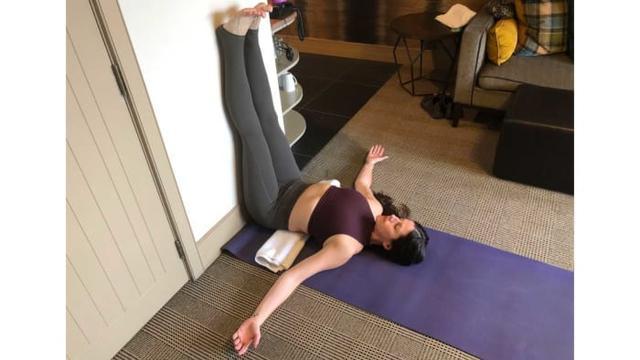
What better way to do this than to actually land on the floor? That would be this pose. This gentle inversion has many benefits, from reducing the digestive organs to reducing swelling in the legs and feet.
Start sitting sideways on the wall with your knees bent. Lie down, then swing your legs upward to the wall. Try to keep the tailbone (the back of the pelvis) on the floor. Use a rolled up mat or towel on the lower back to create a natural curve, which will eventually lengthen the spine.

